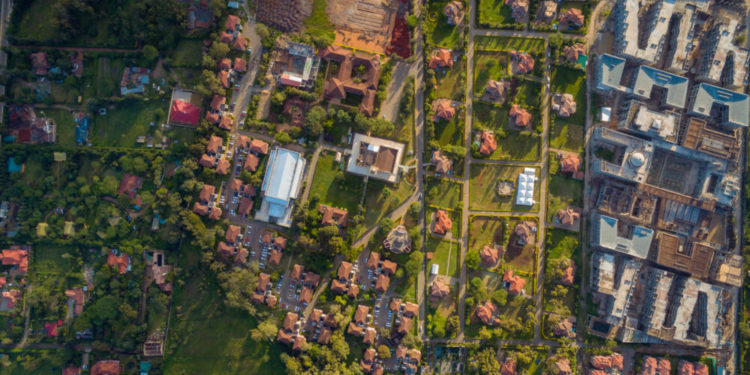Neighborhood associations are organized groups of residents who come together to address common concerns, promote community welfare, and improve the quality of life within a specific neighborhood. The Karen & Langata District Association (KLDA) is an example of a neighborhood association that operates as a voluntary, non-profit entity and is run by residents who elect officers to manage activities and initiatives. Here are the key benefits of neighborhood associations:
Community Building: Neighborhood associations create a sense of community within an area which can be a major draw for potential homebuyers. They organize social events, gatherings, and activities that help residents connect and build strong relationships. Additionally, they may have bylaws that set standards for home exteriors and yards, contributing to a more visually appealing neighborhood.
Property Values: Active and effective neighborhood associations are associated with generally higher property values. This is because they tend to advocate for things that make neighborhoods more desirable, such as improved safety, better schools, cleanliness, improvement of infrastructure and upkeep of green spaces and common areas.
Information resource: For potential buyers, neighborhood associations can be a valuable source of information about a particular area. They can provide insights on local schools, crime rates, upcoming development projects, and any homeowner association (HOA) fees that might apply.
Conflict Resolution: They provide a platform for residents to voice concerns and disagreements in a controlled setting. Meetings and forums can facilitate open communication and prevent misunderstandings from escalating. Additionally, many neighborhood associations have established guidelines or bylaws that outline procedures for handling common conflicts, such as noise complaints or property maintenance issues.
Maintenance and improvements: Neighborhood associations can pool funds from member dues to afford professional maintenance for common areas like parks, pools, or landscaping. This can be significantly more cost-effective than individual homeowners tackling these tasks alone.
Understanding neighborhood associations and their impact is essential for real estate professionals in evaluating property values, advising clients, and contributing to community development.


















